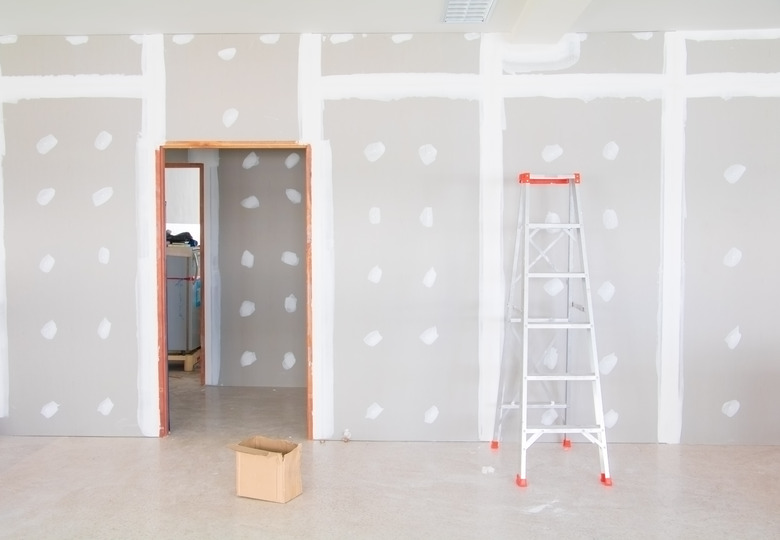What Is PVA Primer?
We may receive a commission on purchases made from links.
When you're building or renovating a room, getting all the drywall up and finished is an exciting point in the process. You can start to picture what the room's going to look like when everything's finished, and you might even already have a paint color picked out and ready to go. But before you can paint, you have to prime, and that's where PVA primer comes in. Skipping the PVA primer step may come back to haunt you if the finished walls end up with a thick or uneven paint job.
What Is PVA Primer?
What Is PVA Primer?
Polyvinyl acetate primer, or PVA primer, tends to be the best primer for drywall. Although you might hear it described as PVA paint, PVA primer is designed to be painted over. This kind of primer seals the pores of the drywall so the paint you eventually apply doesn't just soak into the material. (This is why the terms "drywall sealer" and "drywall primer" are sometimes used interchangeably.) PVA primer may also be used on plaster walls.
Polyvinyl acetate is also used to make many kinds of craft and building glues, which explains why it's useful as a primer for newly built walls. The slightly tacky quality of the PVA primer gives paint something to stick to so it doesn't drip.
Do I Need to Use PVA Primer?
Do I Need to Use PVA Primer?
Even if you're eager to get a coat of paint on your new walls, don't skip the priming step. You should apply a layer of PVA primer to any new drywall or plaster walls before painting. If you don't seal the pores of the walls first, you may ultimately need to use several layers of paint to account for how much paint bleeds into the wall. Using PVA primer is also helpful when you're blending new drywall with old drywall since it provides full coverage and should erase any signs that you've made repairs.
Using PVA Primer
Using PVA Primer
Only apply PVA primer once drywall is completely finished. After you've taped the seams, applied joint compound properly, and waited long enough for the compound to fully cure, the next step is to sand the entire wall. Then wipe the wall with a slightly damp cloth to remove any dust and let it dry. Run a dark-colored towel over the wall to make sure no dust remains.
Wear eye protection and clear any kids or pets from the room before priming the walls. Make sure the temperature in the room is somewhere between 50 and 90 degrees Fahrenheit and that it's not too humid. Ideally, the relative humidity in the room will be at or below 50 percent; the higher the humidity, the longer it will take for primer to dry.
Unless the manufacturer's directions say otherwise, you can apply PVA primer the same way you'd apply any primer before painting. Use a paintbrush or clean roller or if you're working with a large area, use a high-volume, low-pressure paint sprayer to create even coverage. Primer should feel dry to the touch after 30 minutes unless the room is very cold or humid. Depending on package instructions, you should be able to apply a topcoat of paint (or a second coat of primer) after about two hours.
